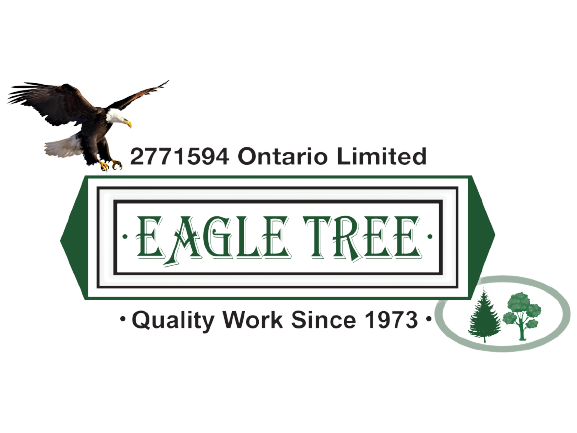Guide to repair and maintain interlocking paversInterlockAt Eagle Tree and Landscaping Services, we have qualified professionals whose work is to place interlocking concrete pavers which are viewed by most as the primary choice for a landscaping project at drives, patios, and walkways. Interlocking pavers come in different colors, sizes, and shapes. The good thing about interlockers is that they are durable, strong, and easy to install. Just like everything else, you need to maintain and repair the pavement. We are going to look at some tips to guide you on how to keep your interlock pavers looking great and at their best all year round. Polymeric SandPolymeric sand is considered to be one of the best materials to use for patio and walk joint sand. The mix of binders and natural sand makes it stay in the tiny spaces between the interlock pavers. It also adds to the overall strength of the pavement while deterring ants and weeds, which are common in patio sand. The good thing about polymeric sand is that it lasts longer compared to plain joint sand leading to a reduction in maintenance costs. If you did not use polymeric sand on your walk or patio, you could repair the patio after the original sand starts to disappear. A jet spray or a pressure wash can be used to spray off the old sand. Once the patio or walk is dry, sweep the polymeric sand into the paver joints. Mist the entire patio surface for the sand to settle, and then sweep the additional sand into the spaces between the pavers. If you need expert advice for any special situation, call us today and our landscaping experts will offer you the appropriate guidance. SealersIf you desire to maintain the color of your pavers as you minimize the surface damage, use sealers. When you want to reseal your pavement after two or three years, thoroughly clean the surface before the sealer is applied. You can use a sprayer or a brush, depending on the size of your patio. There are different kinds of commercial paver sealers; if you are not sure about which ones to purchase, we can recommend what you need based on the reason for purchase. Resetting paversOne or two pavers at times rise above the other pavers in the middle of the walk or patio. If an uneven place is present, it is not hard to repair. The tough part is removing the first paver. Even though different extractor tools are available, some elbow grease and a flat head screwdriver can work. Here is how you can go about this process: Remove the number of pavers that need replacement Add some sand at the base to make a smooth level surface Compact the sand you have added Replace the pavers Sweep some polymeric sand in the joints Remove oil stains If you notice car oil or other oil stains on the paver, it is advisable that you clean it before it penetrates. You can use some detergents to brush off the stains, or you can use hot water to remove tough stains. Remove the white whiskersIn hard concrete products, it is common to see whiskers forming. At Eagle Tree, we have a way of reducing the formation of efflorescence on the pavers we install for you; we achieve this by various ways, and one way is using chemicals like the cleaning acid. Additionally, we also use pressurized water to remove the whiskers.
Conclusion
We have covered some of the basic repairs that you can do to your pavers. You only need a few hours in a year to ensure that you keep your interlocking concrete pavers in check. If you are not sure on the best way to proceed with repairs, give us a call today and book an appointment for your free no obligation quote. |
|
|


